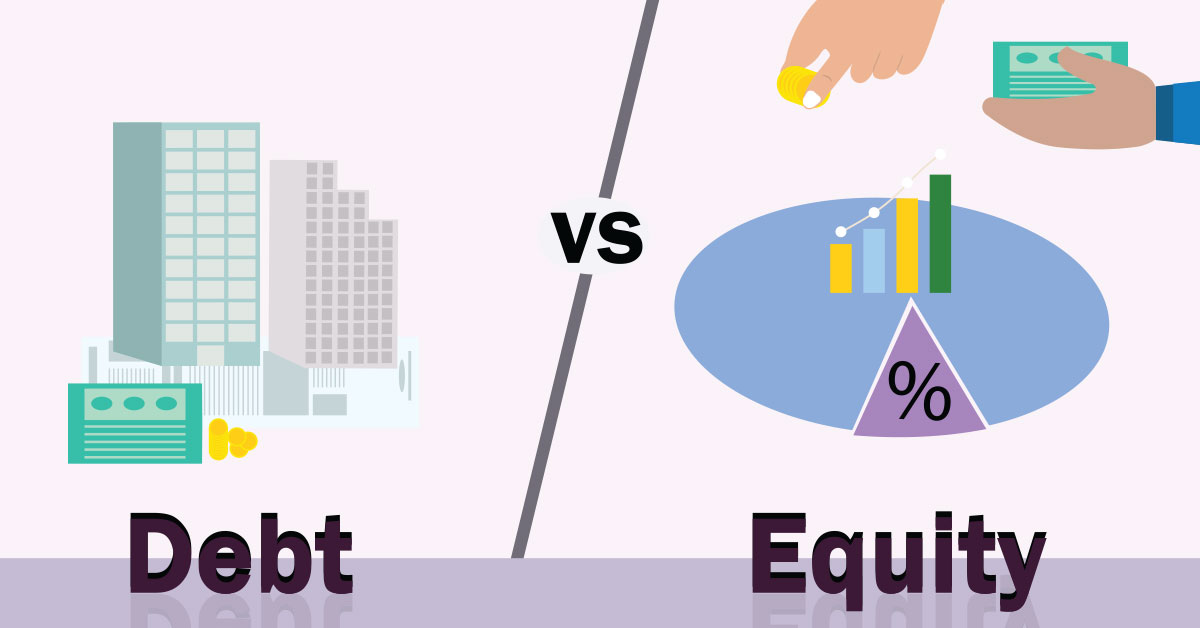
Posted on January 20, 2024 by MergerDomo
Unlocking Double Bottom Line: How Impact Investing Benefits Financial Institutions
The conventional wisdom that states financial success and beneficial social impact are mutually exclusive is being challenged by the rise of impact investing as a significant force. Financial institutions (FIs) are realising more and more how important it is to match profits with purpose, seeking to produce not just financial gains but also favourable social and environmental effects. This article delves into the notion of impact investing, examining its importance for financial institutions (FIs), the difficulties it poses, and its capacity to transform the financial landscape in the future.
“Understanding Impact Investing”
Impact investing is the process of allocating capital with the goal of producing financial returns in addition to quantifiable, beneficial social and environmental effects. Impact investment attempts to bring about significant change in areas like social inequality, healthcare, education, and climate change, in contrast to traditional investing, which is largely focused on maximising financial returns. This paradigm shift is a result of investors being more conscious of the fact that societal and environmental concerns should not be separated from the pursuit of profit.
“Key Principles of Impact Investing”
1. Intentionality: The clear goal of impact investing is to have a beneficial influence. This sets it apart. Investors actively look for possibilities that fit with their principles and help address particular environmental or societal issues.
2. Measurability: Transparency and accountability are given top priority by impact investors. In order to make sure that the impact of their investments is real, measurable, and in line with set objectives, they work hard to measure and report the social and environmental results of their investments.
3. Financial Return: While impact investing places a strong emphasis on social and environmental impact, it does not sacrifice financial returns. Investors expect their impact investments to be financially viable, proving that doing good can coexist with financial success.
“Impact Investing in Financial Institutions”
FIs play a pivotal role in the global economy, influencing investment trends and shaping market dynamics. As custodians of significant capital, FIs have the potential to drive transformative change through impact investing. Here are key aspects of impact investing for FIs:
1. Integration into Core Strategies: FIs are increasingly integrating impact investing into their core investment strategies. This involves incorporating environmental, social, and governance (ESG) criteria into decision-making processes, ensuring that investments align with broader sustainability goals.
2. Innovative Financial Products: FIs are developing innovative financial products that channel capital towards impactful initiatives. “Green bonds, social impact bonds, and sustainable investment funds” are examples of financial instruments designed to address specific environmental or social challenges while delivering financial returns.
3. Risk Return Considerations: Impact investing requires FIs to balance risk and return considerations. While some impact investments may carry unique risks associated with the complexity of social and environmental challenges, successful impact investing strategies demonstrate that it is possible to achieve both financial viability and positive impact.
4. Institutional Influence: FIs have significant influence over the companies in which they invest. By leveraging their positions as shareholders, FIs can advocate for sustainable business practices, ethical governance, and responsible corporate behaviour.
“Challenges in Impact Investing for Fis”
While the potential for impact investing is substantial, FIs encounter challenges that need careful consideration and strategic solutions:
1. Measuring Impact: Defining and measuring impact in a standardized and comparable manner remains a challenge. FIs need robust metrics to assess the effectiveness of their impact investments and communicate these outcomes transparently to stakeholders.
2. Balancing Financial and Impact Objectives: Achieving a harmonious balance between financial and impact objectives can be complex. FIs must navigate the tension between generating competitive returns for investors and maximizing positive social and environmental outcomes.
3. Market Immaturity: The impact investing market is still maturing, leading to limited investment opportunities and a lack of established norms. FIs face the challenge of identifying viable impact investments that align with their goals.
4. Regulatory Environment: The regulatory environment for impact investing is evolving. FIs must navigate a complex landscape of regulations and standards, requiring them to stay informed and adapt their strategies accordingly.
“The Future of Impact Investing for Fis”
Despite the challenges, the future of impact investing for FIs looks promising. Several factors contribute to the growing significance of impact investing in the financial landscape:
1. Shift in Investor Preferences: A new generation of investors, particularly millennials, is increasingly prioritizing investments that align with their values. FIs that integrate impact strategies are well-positioned to attract and retain this socially conscious investor base.
2. Global Urgency for Sustainable Solutions: The pressing need for lasting and significant solutions is being driven by issues like social injustice and climate change. FIs that use impact investing to proactively address these issues help to create a more robust and sustainable global economy.
3. Innovation and Collaboration: The financial industry is witnessing innovative collaborations between FIs, technology firms, and social enterprises. These partnerships create opportunities for impactful investments that leverage technological advancements and collective expertise.
4. Regulatory Support: Governments and regulatory bodies are recognizing the potential of impact investing and are introducing frameworks to support its growth. Clear regulations and incentives can create a conducive environment for FIs to engage in impactful initiatives.
“Intrinsic Value of Impact Investing”
The intrinsic value of impact investing goes beyond financial returns. FIs that embrace impact investing stand to gain:
1. Enhanced Reputation and Brand Value: Impact investing enhances the reputation and brand value of Fis. Customers and investors alike are gravitating towards organisations that show a dedication to having a beneficial social and environmental effect.
2. Risk Mitigation: FIs actively engaged in impact investing are better equipped to navigate emerging risks associated with environmental and social issues. By addressing these challenges proactively, FIs can contribute to long-term risk mitigation.
3. Talent Attraction and Retention: Impact-driven organizations attract a diverse pool of talent motivated by a sense of purpose. FIs that prioritize impact investing can build a workforce that is not only skilled but also passionate about driving positive change.
4. Future-Proofing Investments: Anticipating the future landscape, impact investing allows FIs to align their portfolios with sustainable and resilient industries. This future-proofing strategy positions FIs to thrive in a changing global economy.
“Conclusion”
“Impact investing” represents a paradigm shift in the way FIs approach their role in the economy. By aligning profits with purpose, FIs can become catalysts for positive societal and environmental change. While challenges persist, the momentum behind impact investing is undeniable, driven by a growing awareness of the interconnectedness of financial success and global well-being. As FIs navigate this transformative journey, the intrinsic value of impact investing becomes clear – a future where profits and purpose coexist, creating a more sustainable and equitable world for generations to come.




